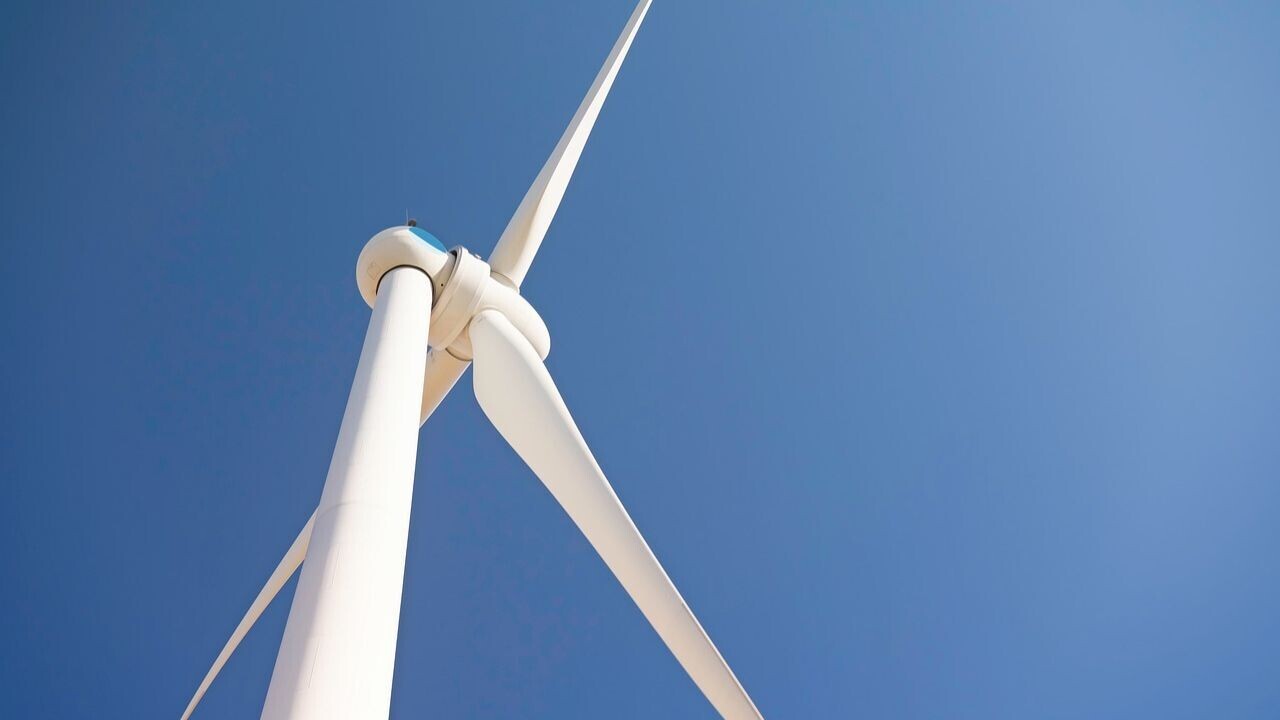
No matter how beneficial increasing wind energy generation is, at the end of their lives, wind turbine blades end up in landfills. But now a major European wind turbine manufacturer — Denmark-based Vestas — has found a way to make the blades recyclable and circular.
Unlike the vast majority of a turbine’s components that have established recycling circles, blade recycling has posed a serious challenge. That’s because of the presence of epoxy resin, a resilient substance that has so far proved problematic to break down into reusable components.
“Until now, the wind industry has believed that turbine blade material calls for a new approach to design and manufacture to be either recyclable, or beyond this, circular, at end of life,” Lisa Elkstrand, VP and Head of Sustainability at Vestas, said.
The company’s solution is a novel chemical process that can break down epoxy resin into virgin-grade materials. Vestas claims that the process doesn’t require any changes in design or material composition. It, moreover, relies on widely available chemicals and boasts its compatibility for industrialisation and, in turn, its potential to easily scale up.
To develop this technology the Danish manufacturer worked together with Aarhus University, the Danish Technological Institute, and epoxy producer Olin — all partners of the CETEC initiative, which is exploring the recyclability of wind blades. Vestas will also use a newly-established value chain with Olin and Stena Recycling to commercialise the chemical process.
The aim is the production of new turbine blades made from reused material from existing blades at the end of operation. In the future, the company envisions using epoxy-based composite materials for industries beyond wind energy.
“Once this new technology is implemented at scale, legacy blade material currently sitting in landfills, as well as a blade material in active wind farms, can be disassembled and reused. This signals a new era for the wind industry and accelerates our journey towards achieving circularity,” Elkstrand added.
If Vestas’ technology accomplishes its mission, the potential benefits would be tremendous. According to estimates, around 25,000 tonnes of blades will reach the end of their operational life annually by 2025 in Europe.
The focus on wind blade recycling has been gaining momentum the past couple of years with wind energy manufacturers such as Siemens Gamesa and Iberdola intensifying efforts. However, further initiatives are needed to boost this niche industry and for this reason WindEurope, the continent’s association of wind power, has called for regulation banning the disposal of wind blades altogether.
Get the TNW newsletter
Get the most important tech news in your inbox each week.




